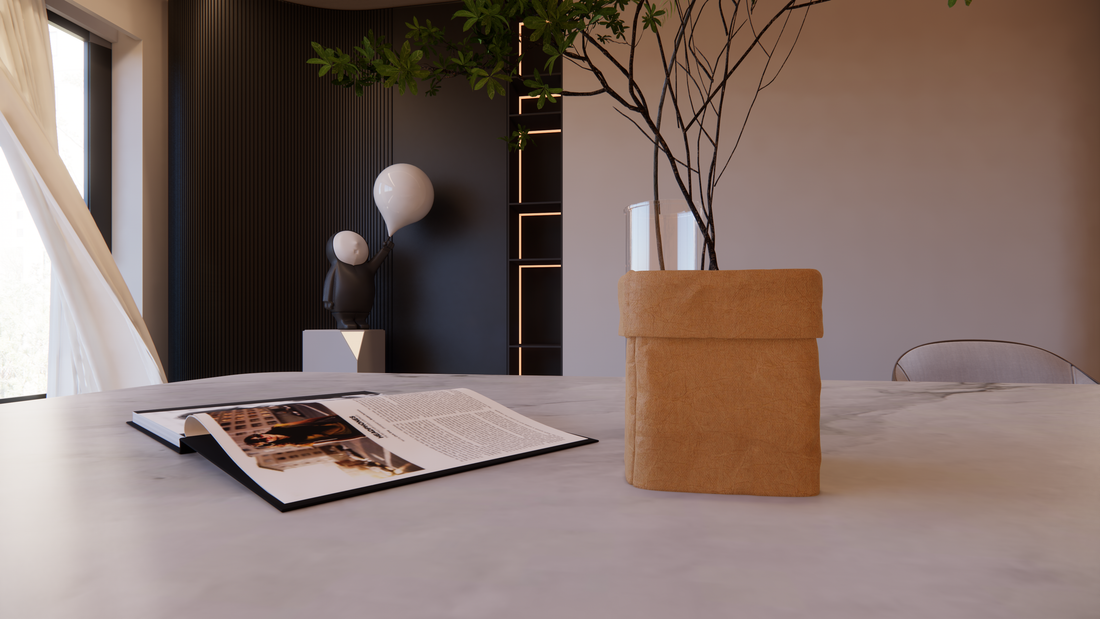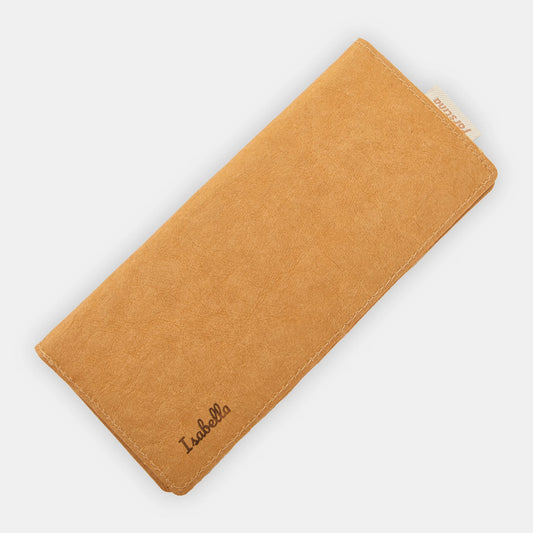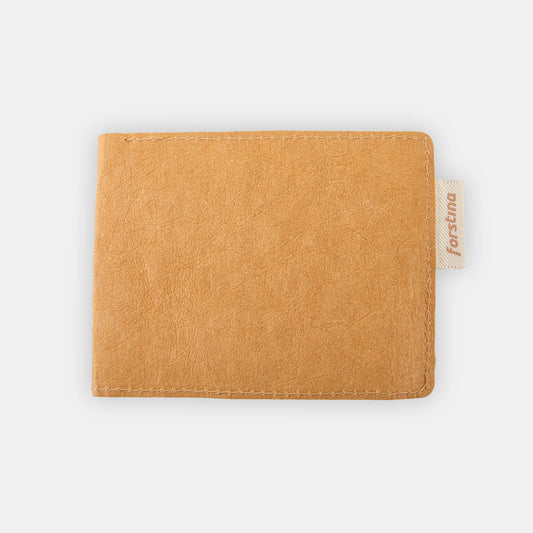
How to Make Washable Paper Bags: A Step-by-Step Guide
forstina .comShare
Are you tired of using disposable plastic bags that harm the environment? Do you want to switch to a more sustainable option for your shopping and storage needs? Then why not try making your own washable paper bags?
Washable paper bags are an eco-friendly and stylish alternative to single-use plastic bags. They are made from a type of paper that looks and feels like leather, but is actually made from cellulose fiber sourced from sustainably managed forests. The best part is, they can be washed and reused, making them a great option for reducing waste and promoting a more sustainable lifestyle.
In this step-by-step guide, we'll show you how to make your own washable paper bags.
What You'll Need:
- Washable paper fabric (available online or at craft stores)
- Scissors
- Sewing machine or needle and thread
- Ruler
- Pencil or fabric marker
- Iron and ironing board
- Optional: grommets and grommet tool
Step 1: Cut the Fabric
Using your ruler and pencil or fabric marker, measure and mark the dimensions of your desired bag onto the washable paper fabric. Cut the fabric to size using your scissors.
Step 2: Fold and Iron
Fold the washable paper fabric in half, with the right sides facing each other. Use your iron to press the fabric along the fold, creating a crease.
Step 3: Sew the Sides
Using your sewing machine or needle and thread, sew the sides of the bag together, leaving the top open. If using a sewing machine, use a straight stitch and sew about 1/2 inch from the edge. If hand-sewing, use a whip stitch or backstitch to sew the sides together.
Step 4: Create the Bottom
To create the bottom of the bag, fold each corner of the bag inwards, so that the bottom seam and side seam line up. Use your ruler to measure and mark a straight line across the corner, about 1 inch from the tip. Sew across this line using your sewing machine or needle and thread. Repeat on the other corner.
Step 5: Turn Right-Side Out
Turn the bag right-side out, using the open top to pull the fabric through. Use your fingers to gently push out the corners and smooth out any wrinkles.
Step 6: Add Grommets (Optional)
If you want to add grommets to your bag for reinforcement, use your grommet tool to punch holes in the top of the bag, about 1 inch from each side. Insert the grommets and use the tool to secure them in place.
Step 7: Attach the Handles
To attach the handles, cut two strips of washable paper that are approximately 1.5 inches wide and 20 inches long. Fold each strip in half lengthwise and press to create a crease. Then, unfold the strips and fold each side towards the crease, creating a long, narrow strip with no raw edges.
Next, fold the strips in half again and press to create another crease. Place the strips on the outside of the bag, about 2 inches in from the side seams and centered over the top edge. Pin the strips in place and stitch them onto the bag, making sure to backstitch at the beginning and end to secure the threads.
Step 8: Finish the Bag
To finish the bag, turn it right side out and press it flat. Fold the top edge down about 1 inch and press to create a crease. Then, fold the top edge down again, this time about 1.5 inches, to create a double-fold hem. Pin the hem in place and stitch it down, making sure to backstitch at the beginning and end to secure the threads.
Congratulations! You've just made a beautiful and durable washable paper bag! Now you can fill it with your favorite goodies and show it off to the world.
Conclusion
Washable paper bags are a fantastic alternative to traditional paper and plastic bags. They are durable, reusable, and eco-friendly, making them a great choice for both you and the environment. And the best part is, they are easy and fun to make at home!
So go ahead and try making your own washable paper bags using the steps outlined in this tutorial. You'll be amazed at how simple and satisfying it is to create something beautiful and useful from such humble materials. And who knows? You might even discover a new passion for crafting and sustainability!
Happy sewing!









